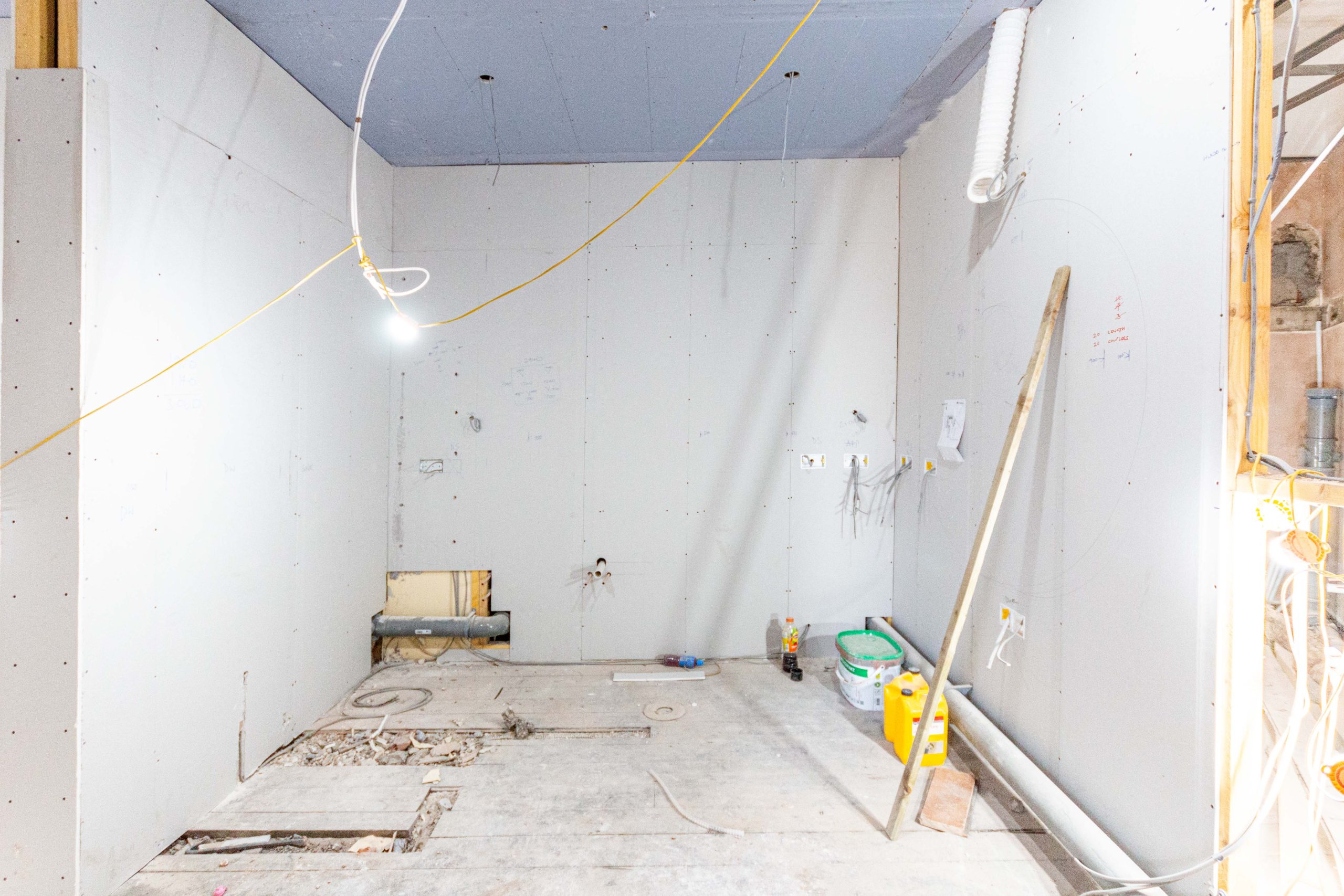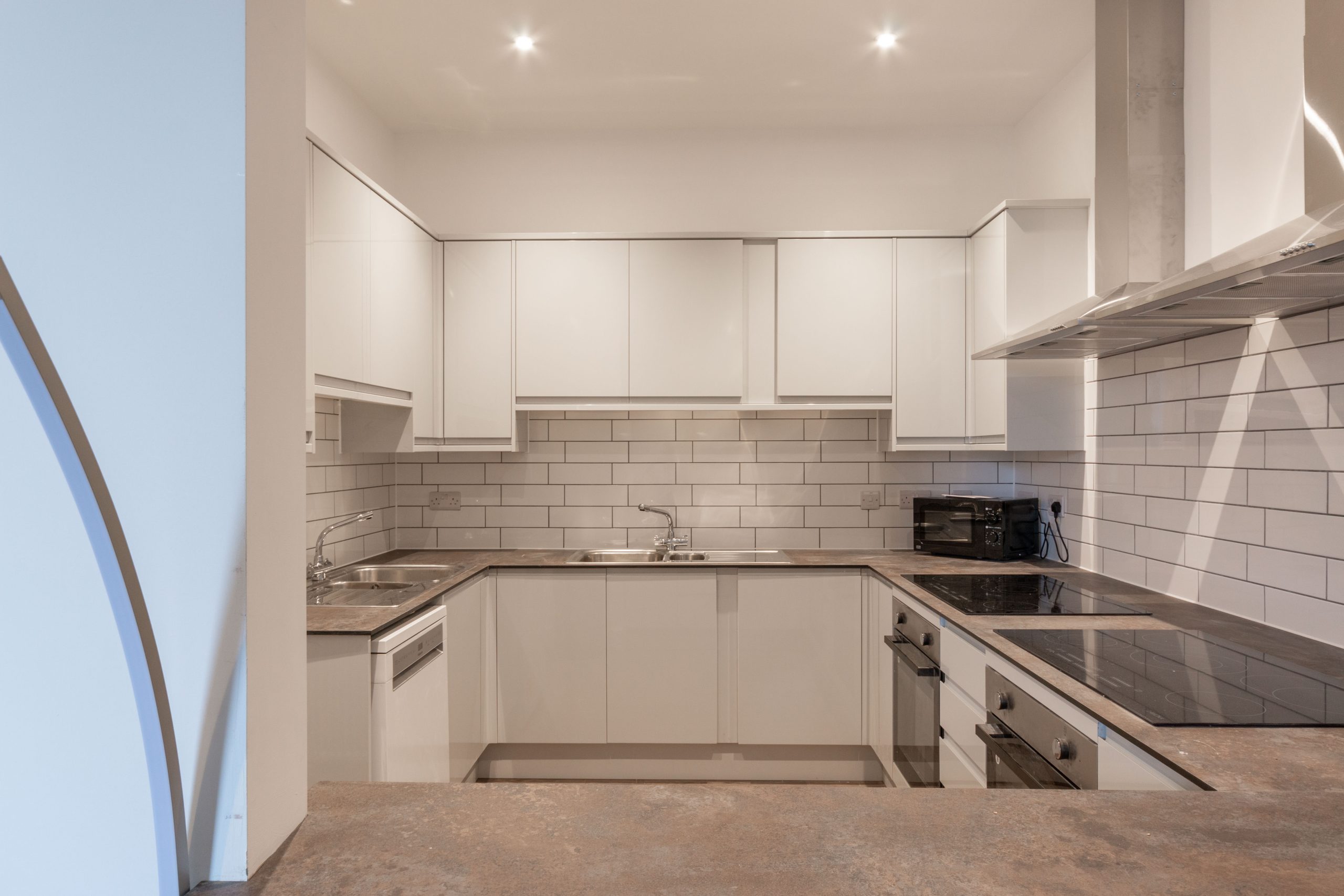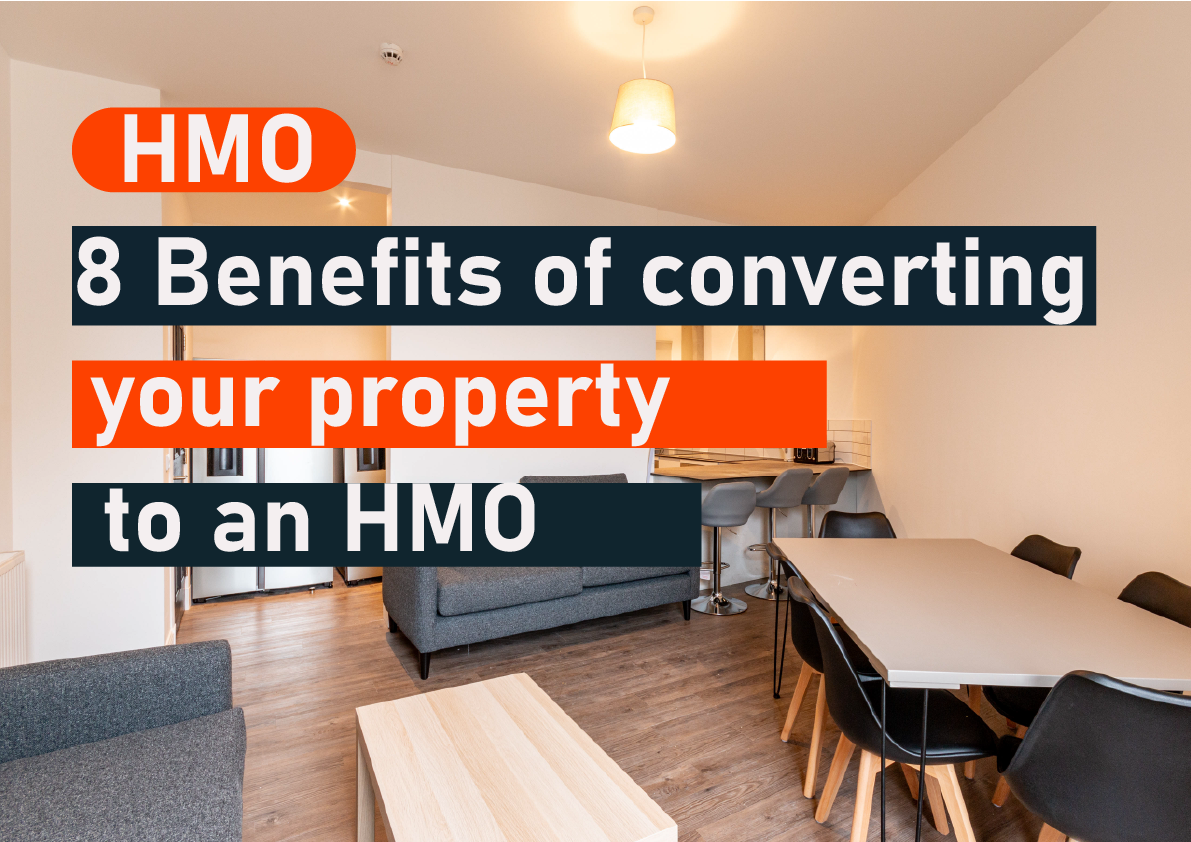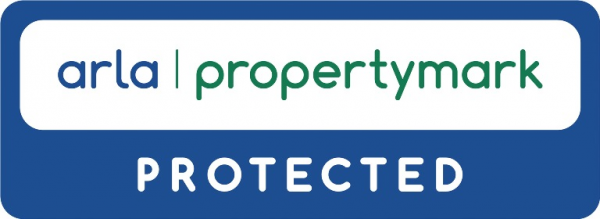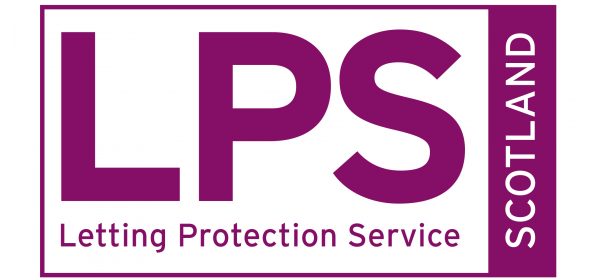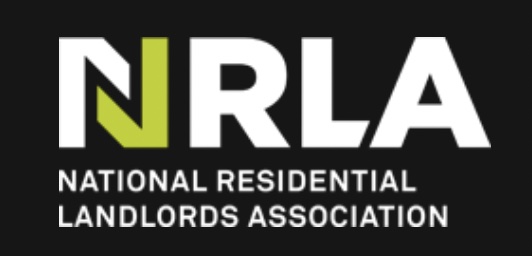Benefits of an HMO Property
Houses In Multiple Occupation (HMO)
What is an HMO Property?
HMOs include residential accommodation (such as shared flats and houses, hostels, and halls of residence) which is the main home for three or more unrelated people.
Below are some of the benefits of HMO properties for tenants, landlords, neighbouring properties and, the local community.
- Consistently high demand: Edinburgh’s growing student population ensures a vast pool of potential tenants for HMO properties, making demand relatively stable. The trend in peak periods also provides landlords with some predictability, allowing them to plan for events such as renovation works and upgrades between tenancies.
- Less impactful void periods: With multiple occupants renting rooms simultaneously, the risk of void periods is reduced, as landlords continue to receive income from other occupied rooms. To further reduce void periods and costs, the flexibility to replace individual occupants within an HMO property where some tenants want to leave and others want to stay is beneficial.
- Higher rental yields and stability: Renting individual rooms in an HMO can yield higher returns compared to a single tenancy. Multiple tenants contribute to the overall rental income and can therefore provide landlords with a greater return on investment and stability.
- Security of joint and several tenancies: Where groups of individuals rent on a joint tenancy agreement, this provides landlords with added security as the tenants share the overall responsibility of the rental costs. Additionally, student tenants often have guarantors, providing an extra safety net for landlords.
- Larger market audience: By appealing to a broader range of potential tenants, this offers landlords a wider array of choices regarding the types of occupants in their properties-whether they are professionals, students, or families.
- Portfolio diversity: For property investors, HMOs provide another dimension to the overall portfolio which spreads the risk across multiple tenants.
- Property value: HMOs tend to hold their value and, there is often the capacity to increase value through repurposing or adding rooms within the property increasing a landlord’s return on investment over time.
- Safety and quality: Clear licensing requirements ensure that HMO properties are safe, of good quality, and are well-maintained. This means that whether a landlord is managing the property themselves or using a professional agency, if they adhere to the legislation and regulations the safety of their tenants, their own liability, and their property will be in good shape!

- Social Opportunities: Living
in an HMO gives occupants the change to mix, socialise and meet others,
providing an excellent opportunity to build connections and friendships. - Affordability and homeliness:
HMO properties are often more affordable and homely compared to purpose-built
student housing. They provide a comfortable
living space for students and young professionals alike. - Cost sharing: Sharing utilities
and living costs among more people can help tenants to save more money than
they potentially would living alone or with one other person. - Increased safety and
security: HMOs are subject to increased safety regulations, ensuring a
secure living environment for tenants, including regular safety checks and
a 24-hour emergency contact number. - The opportunity to live with friends: HMO properties can home three or more unrelated people,
meaning that large groups of friends, often as many as six or eight and in some cases more, can
safely live together in the same property making the living experience more
fun and cost effective. - Flexibility: Another benefit
of living with friends in an HMO property is that room sizes tend to
differ and tenants can decide between them how to divide the rent as it is
a fixed payment that goes to the landlord.
In some instances, it may also be possible to replace a tenant with
another friend, in a situation where one of the occupants decides to leave
and the remaining occupants prefer to stay in the property. - Furnishings: HMO properties come
fully furnished therefore, the added expense of buying furniture, white
goods, appliances, and other household items including cooking utensils is
removed, which can be particularly helpful for those moving into a rental
home for the first time.
- Location: The location of
HMO properties tends to be in central areas making them convenient for students,
professionals, and families.
- Additional facilities: The
requirement for 6-bed plus properties to have additional kitchen and
bathroom space, often makes living in slightly larger HMO properties more
appealing. - Waiting lists: In some
instances, agencies operate a waiting list facility for available HMO
properties, where groups can apply before the property goes on the market
which increases the chance of securing a property, given there are fewer
applications.
- Professional landlords: HMO
owners are often professional landlords and therefore can be more
dependable in terms of repairs and upgrades and are less likely to sell
their property.
- Utilising space: Some landlords
see the potential to utilise space within a property to create additional
rooms, creating more available homes for tenants in the long run. - Increased response times: Due
to the regulation required for HMO properties property checks and visits are
conducted regularly and maintenance and repairs are often resolved more
quickly. - Improved response times: Response
times and maintenance are often quicker for HMO properties due to the flexibility
of access. With more occupants
living in the property, contractors can often attend at shorter notice when
occupants are home without the need to arrange key access or a time when the
tenant is available. - All-inclusive rental: Some
landlords offer all-inclusive rent which reduces the hassle of arranging
utility and WiFi contracts for tenants.
- Utilising space: Some landlords
HMOs typically require more frequent maintenance and service visits due to the higher number of tenants. This leads to regular business for suppliers of cleaning services, repairs, and maintenance.
With multiple tenants, there is a steady demand for utilities, internet services, and other amenities, ensuring a more reliable income stream for suppliers.
Both landlords and suppliers must adhere to specific regulations and standards governing HMOs, which can ensure higher safety and quality of living conditions, ultimately benefiting all parties involved.
Requirement for a 24-hour number to be available to report emergencies and anti-social behaviour
Increased regulation mean that repairs and safety checks are constantly monitored to neighbouring properties
Often shorter tenancies so checks and repairs carried out more frequently between tenancies resulting in issues such as leaks from neighbouring property
